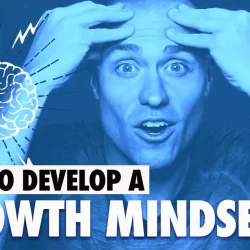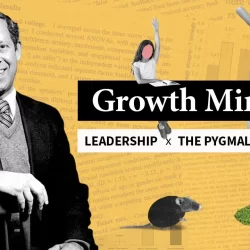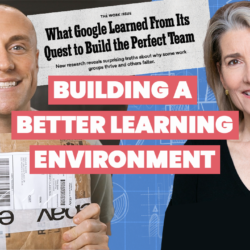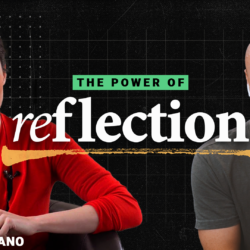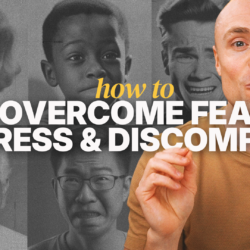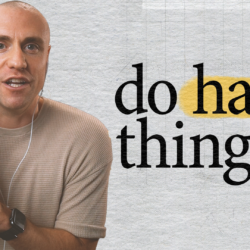It’s 2013. I’m a few weeks into blogging for my freshly launched website and winner of the most terrible domain name of all time award – championshipbasketballschool.com. The focus of my posts: how to design better basketball practices and drills. Thrilling, I know.
My mom is a middle school PE teacher and I’m living in her basement. One day she brings home a copy of Mindset by Carol Dweck. That night I crack it open and I’m immediately hooked. I stay up all night devouring every word.
In the morning I get up, check my Facebook wall, delete 13 Candy Crush invites, play some Temple Run, watch an episode of The Real World, buy a few Bitcoin*, and email Carol Dweck.
Three hours later, to my surprise, Carol Dweck responds. I run around the house fist-pumping. We schedule a Skype chat. I fist-pump some more.
That conversation changed the direction of not only my website, but also my life. And since that day we’ve made growth mindset one of the main pillars of everything we do.
But looking back on older posts, videos, and workshops I see a lot we got wrong in the messaging. While we were right in believing it mattered, we were wrong in what we focused on, and how went about teaching it. Here’s a few traps we fell into:
1. Teaching with the table
If you’ve heard of growth mindset, you’ve probably seen a version this table:
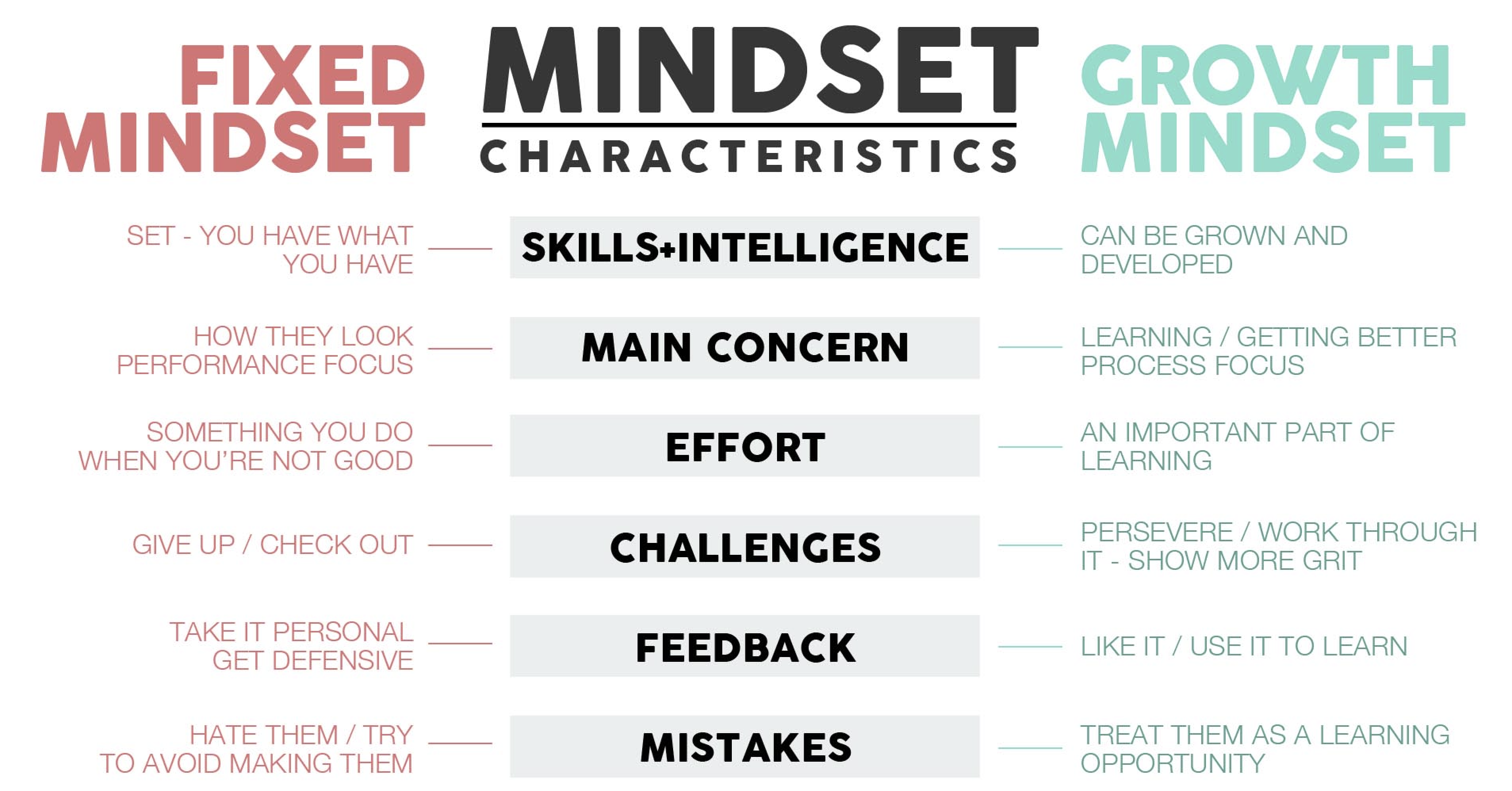
The point that the table makes is great; our mindsets impact our actions. However, the trap we can fall into is attempting to teach growth mindset by running down each section of the table…
“To have a growth mindset you need to believe you can learn, focus on the process, put in effort, take on challenges, learn from mistakes, appreciate and use feedback.”
We try to teach it with the actions.
The whole idea of the table is this: if we believe we can learn something we’re more likely to put in effort, take on a challenge, learn from mistakes, and be open to feedback. If we don’t believe we can learn something, we’re probably not going to do those things. You could apply that logic to literally any action or behavior – not only the few mentioned in the table.
No need to overcomplicate it. Our beliefs can either feed or impede our actions. Should we provided some examples around that? Sure, but after a couple, people get the point.
Also, it’s confusing. What if I am a hard worker that doesn’t really appreciate feedback – which mindset am I? ¯\_(ツ)_/¯ The actions aren’t mutually exclusive. If we’re teaching the mindsets with the actions it adds too many dimensions and the core point can be lost.
Now, instead of attempting to build a growth mindset with the actions outlined in the table, we focus on the belief and different ways we can work to build it. If we nail the belief, the actions are likely to follow.
2. Not mentioning other variables that can affect learning
Our mindsets really impact three layers of the learning process: starting, sustaining, staying hungry.
From the growth mindset angle – If I believe I can grow, I’m more likely to:
Start trying to learn something.
Keep working even when things get tough.
Stay hungry even when things are going well.
On the fixed mindset side – If I don’t believe I can grow:
I’m less likely to start.
More likely to give up when things get tough.
More likely to take my foot off the gas when things are going well.
No matter who we are or what we’re trying to learn, those three layers matter.
But other elements are at play that can help or hurt those layers.
I believe, at my core, that dancing is a skill. And I’ve seen decades of research to support that statement. Are some people naturally better than others? Sure. Can anyone get better at dancing? Absolutely.
So you could say I have a growth mindset towards dancing. Yet, I can recall dozens of times I’ve had the opportunity to dance but found an excuse to avoid it.
This isn’t because I suddenly slipped into a fixed mindset, this is because I didn’t want to look like an idiot. Fear was keeping me in my chair, not a fixed mindset.
Our mindsets can fuel our actions, but if the goal is to really become a better learner, we also need to dig into fear, resilience, and psychological safety. It’s also important to show how all these tools work together to drive the learning process.
3. Assuming the mindsets were static
When we used to teach growth and fixed mindset, with our clear cut table, we would consider it to be binary – you were either one or the other.
“You’re a growth mindset person.” or “You’re a fixed.”
That’s wrong. Totally and completely. This is a spectrum. Our beliefs can change and waiver depending on the project we’re working on, skill we’re trying to build, or even our mood.
Just because I believe I can put this IKEA bookshelf together, does not mean that’s going to be the case 10 minutes from now.
Also, just because I displayed a growth mindset once, doesn’t mean that’s who I am in every scenario. The same is true on the fixed mindset side of the spectrum. I can operate from a growth mindset on the basketball court, but from more of a fixed mindset in math class.
Now we think of it as a mindstate more than a mindset.
When we understand that our mindsets can change, it helps get rid of the shame of slipping into a fixed mindset. We’re then able to take control and work our way back towards a growth mindset.
4. Only praising effort
The first (borderline) viral video I ever made was about Dweck’s research on praise and mindsets:

What I like about the video:
It helps people see how destructive the wrong type of feedback can be. It illustrates how calling people “naturals” can hurt the learning process just as much as calling someone “not a math person,” in the long run.
Big picture, it helps remove fixed mindset stories from our feedback.
What I don’t like about the video:
The surface level take away from the video is to praise effort: “good job, you must have worked hard.” That’s okay, but there’s a couple problems baked into that strategy:
What if I didn’t work hard?
What happens when I work hard, but struggle in my performance?
Only mentioning effort can sometimes send the wrong signals. Effort is a piece of the puzzle but there are lots of other variables and actions at play.
Now when we teach feedback in our workshops, we encourage people to be specific, to ask questions, to zoom in on the actual actions and behaviors. We also spend a big chunk of our time presenting research around the Pygmalion effect.
5. Simply telling people to have a growth mindset
Old approach:
“Here’s what the mindsets are. Here’s the research that shows that they can affect the learning process. Here’s a fancy table that describes their characteristics…”.
So, as you can see, it’s better to have a growth mindset than a fixed. You should have one…
Cool? Cool. Ok, bye.”
Now we spend almost all of our time and energy teaching people how to actually build a growth mindset. The good news is that we’re always growing, changing, and getting better. I love the way we present it now. What’s more, it seems to really hit home with the groups we work with.
Here’s a step-by-step guide to how we do it. Is it perfect? Nope. But I do believe it’s more grounded, more science-based, more focused, and easier to understand.
HOW TO BUILD A GROWTH MINDSET*if only 😐


